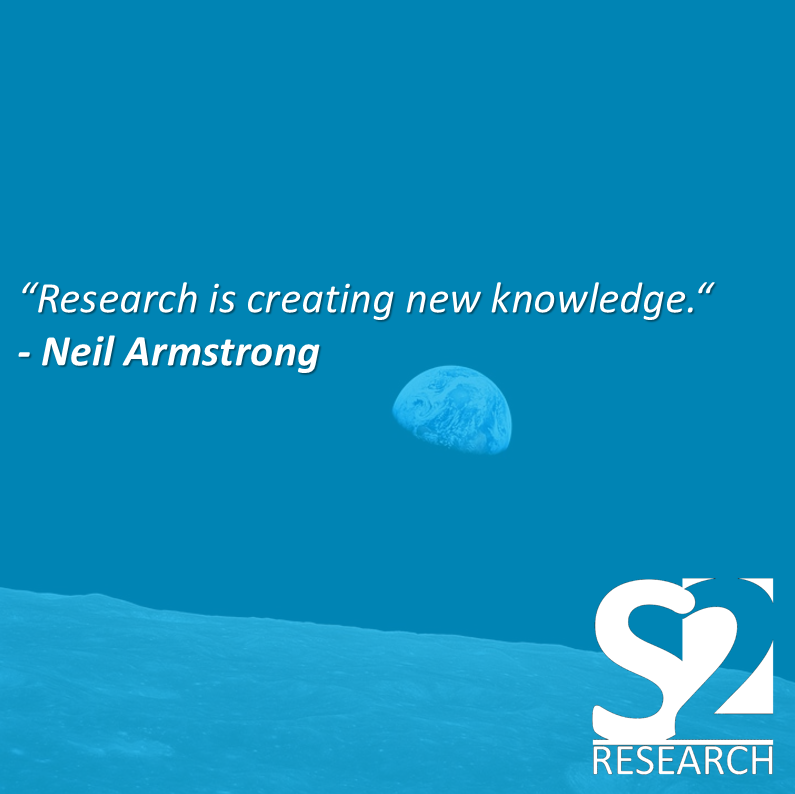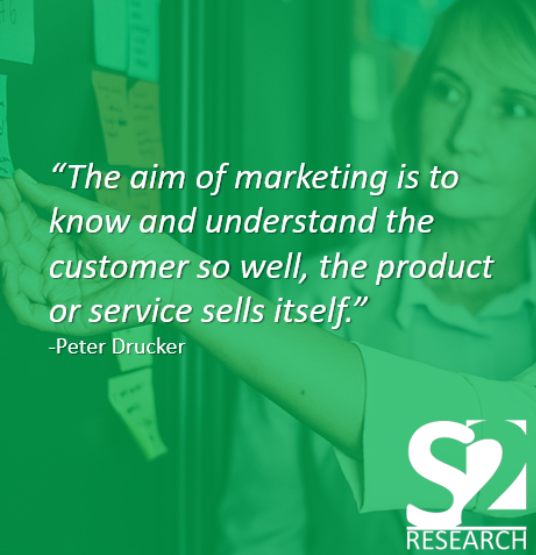A few years ago I had the chance to gauge brand awareness for a local home services provider. In one question, we asked respondents to name the first three companies in various home-service verticals that came to mind. Ultimately, we were able to measure that the client not only had the No. 2 brand in the market, but we also identified some verticals where the client had opportunity to grow market share as well.
Two years ago, I had the opportunity to sit in on a presentation called “Gamify Your Research.” In a nutshell, the premise was to take the engaging components of several common games and incorporate them into survey design. An example they gave was a similar project to my home services brand awareness study, except in their study the respondent was given 30 seconds to name as many brands as they could in the vertical. The result was a deeper dive, greater engagement, and more genuine data.
This is the kind of new research tool that is drastically changing how we do what we do. When the timed respondent gave their responses, they were more focused, more engaged, more genuine, and closer in the mindset they would be when they are in need of the service. That last point is key – we must consider the mindset the respondent is in during their responses.
I’m looking forward to the opportunity to work with projects like this again, so I can implement such a cool methodology and see how it yields more meaningful results.












